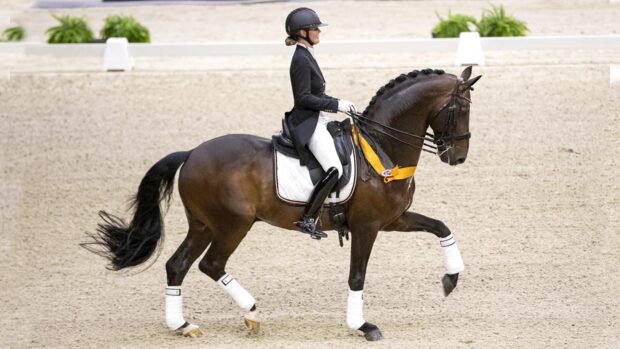The choice of a Thoroughbred stallion is the single most important decision a breeder will make in a year, and is one generally fraught with pitfalls. Yet sometimes it can be difficult to believe that there has been any constructive thought involved as mares flock, lemming-like, to horses with dubious credentials, either in terms of being unproven, oversubscribed or both.
The latest volume of the Return Of Mares, the Weatherbys’ annual publication detailing the stud life of Thoroughbreds in Britain and Ireland, reveals — despite the warning signs flying above the industry for several years — yet another record-sized crop of foals. To the end of September, a total of 30,392 mares in the two countries were recorded as having given birth to 17,091 offspring this year.
It has to be assumed that the desire of every breeder is to produce as good a potential athlete as possible, given the material at hand. But it is rarely possible to turn a sow’s ear into a serviceable pigskin wallet, let alone a silk purse. Yet because this is an industry built on dreams, too many refuse to acknowledge reality not only in choice of mate, but also whether to mate at all. All an increase in population generally does is broaden the base of mediocrity above which rises the tiny pinnacle of excellence.
Stallion masters have been blamed for a situation where the brakes are off books (which is a fact of life now; no going back to the old days of considered management) and horses are used apparently cynically as vehicles merely to generate money. But as long as mares are queuing at the door, perhaps studs cannot be wholly castigated for their Ratneresque behaviour. The major stallion stations seem to have as many staff in their marketing departments as in the barns, and business is business, after all.
The development of the commercial sector — many Thoroughbreds are being bred solely as vehicles for profit at the sales, rather than racehorses — has moved the goalposts. Generally, the best-proven horses have earned and command the highest fees, but one man’s value is another man’s rip-off.
An increasing number of stallions are being promoted with a guaranteed cap on numbers (once a matter of course) as one of the come-ons. There will be a limit to the appeal of even the very best stallion’s progeny if there is going to be another one along in a minute.
Statistics can prove much, or very little; sales prices and averages can easily be manipulated. The sales returns are recorded in another Weatherbys publication, the Bloodstock Sales Review, and are also easily accessible on various websites, including those of the major auction houses and the Racing Post.
Don’t miss Horse & Hound’s stallion number, on sale today (30 November, ’06), for the low down on this year’s sires, including 2001 Derby winner Galileo and the only flat-race stallion in Wales, Auction House



